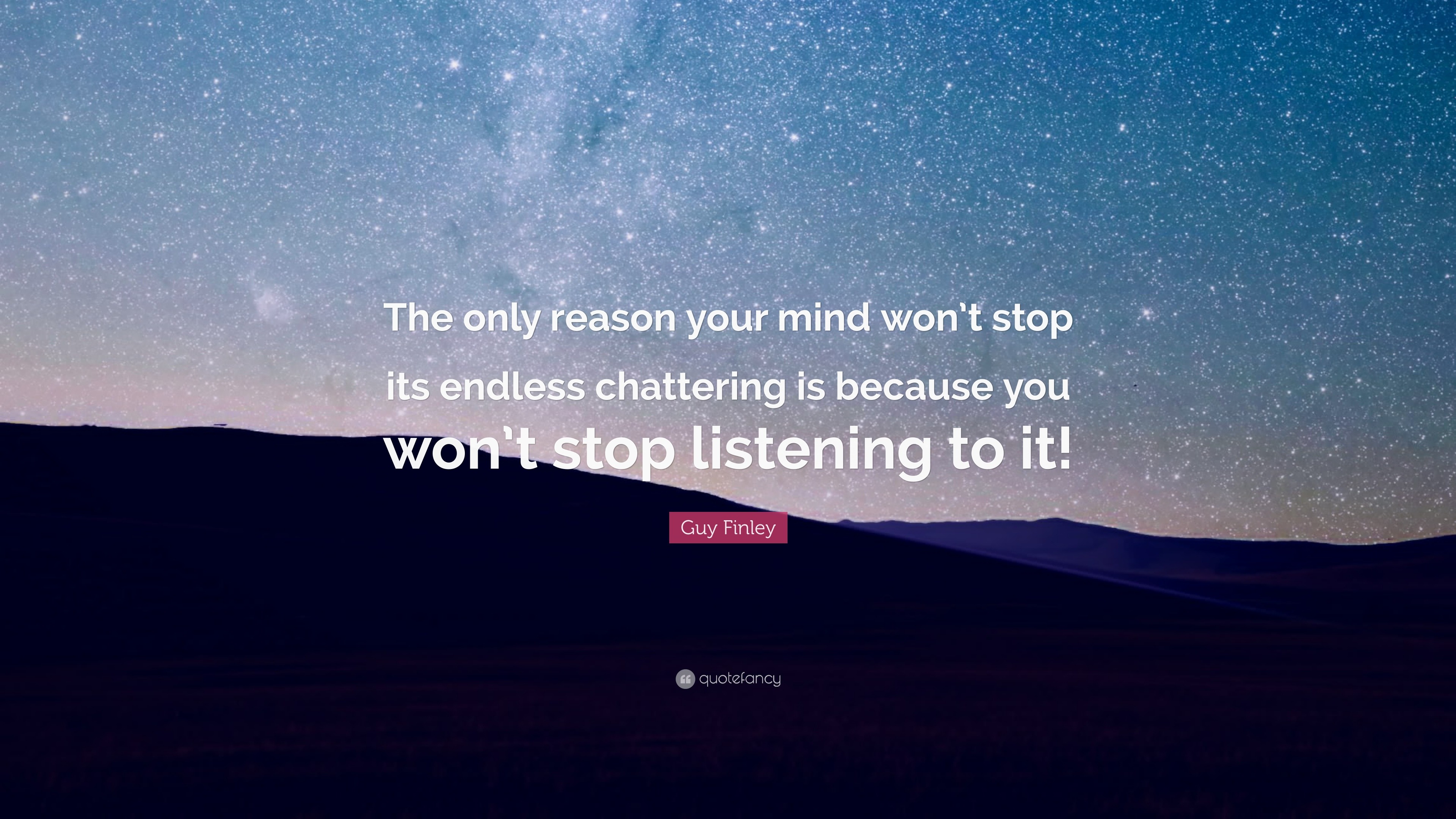


Sleep hygiene practices can be good habits for preventing sleep problems, but it’s just like dental hygiene–it’s too little too late once there’s already a cavity (or persistent insomnia). Holding a rigid 8-hours-per-night expectation is not only unrealistic but unhelpful, because when sleep doesn’t meet this expectation, we become frustrated or anxious, which makes it harder to get good sleep.Īnother common myth is that sleep hygiene is the answer to insomnia. How much sleep we need also changes over time, as we get older and take on different challenges. Does this apply equally for Lebron James and couch potatoes? For pregnant women and nursing home residents? How much sleep we need differs between people, depending on our individual genes, lifestyles, and environments. Wu: One popular myth about sleep is that everybody needs to have 8 hours per night, every night. Wilding: What are the biggest myths about sleep or insomnia that we need to be aware of? I want them to know that there absolutely is hope, and that some surprisingly simple (but often counterintuitive) changes to their sleep-wake behaviors can turn their nights (and days) around. I wanted to help people rekindle their relationship with sleep, to approach it as if it’s a friend instead of an engineering problem. “You can literally take 30 seconds and close your eyes and start to focus on your breathing.This is why I wanted to write Hello Sleep. “The core of this brain hack is understanding that you can interrupt a distracting thought with a meditation, and it doesn’t have to involve three hours in lotus pose,” Wendy Suzuki, Ph.D., author of Healthy Brain, Happy Life (due out this spring), tells SELF. Then follow your breath, from the moment the air touches your nostrils as you inhale, feeling it fill up your chest and belly, and as it leaves your body as you exhale, noticing if the air feels warmer or colder.Take one deep breath to settle yourself.“Allow yourself to be there with the sounds,” Goldberg says. Then close your eyes and notice the sounds around you, whether that’s a baby crying, horns honking, or your coworkers banging away on their keyboards.First look around and notice where you are.This 2-minute mini-meditation from Goldberg is an easy go-to anytime you need to get a handle on an out-of-control mind: And the more you practice it, the better you'll get at noticing when you need to do it.

The following technique can help you regain control of your thoughts. Goldberg likens it to juggling: “You can’t have a busy mind and juggle at the same time. “So,” Cox explains, “if you move your attention to physical sensations, like the soles of your feet as you walk, your breath, or your seat in the chair, you physically can’t ruminate.” One of those connections-between the prefrontal cortex, which plays a big role in complex thought (and therefore also in rumination), and the amygdala, your brain’s emotional center-gets interrupted when you activate a part of the brain called the insula that processes information about the state of your body. Thinking involves many different parts of your brain in a pretty complex network of connections.
#Mind won t stop racing how to#
Related: 36 Things Every Woman Should Know How To Do By The Time She Turns 30 You can break the cycle of rumination by noticing your thoughts, then shifting your attention to something physical instead.


 0 kommentar(er)
0 kommentar(er)
